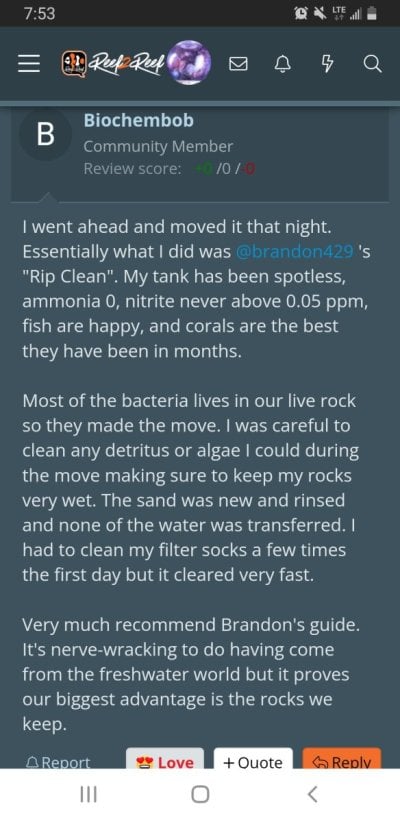right now some furious googling is happening for some terms I made up lol
Skip Cycle - No such thing. Nobody can skip creating a dynamic biom instantly by adding some live rock, bacterial additive or the like. You can skip step 1 of the cycle... or bumfuzzle. Maybe you got this from somebody else, but it is still made up.
New Cycle Science - biology and chemistry has not changed in our lifetime
Old Cycle Science - biology and chemistry has not changed in our lifetime
Techniques or opinions is way better, and probably accurate. A new technique might be to use some bottled bac where as it was not possible as an old technique, but science did not change at all.























